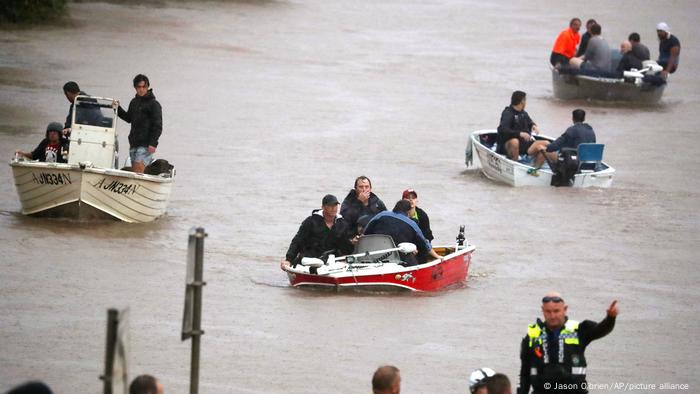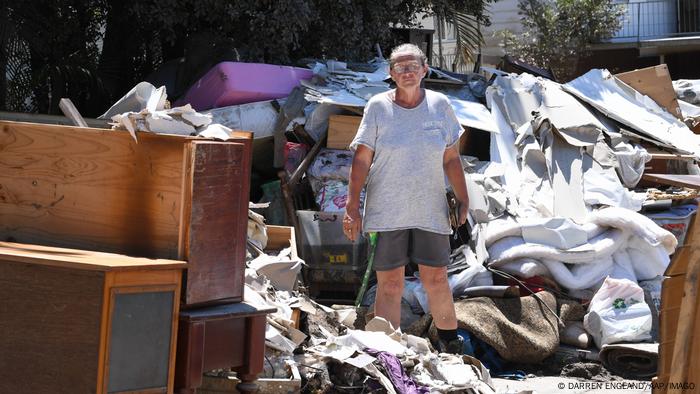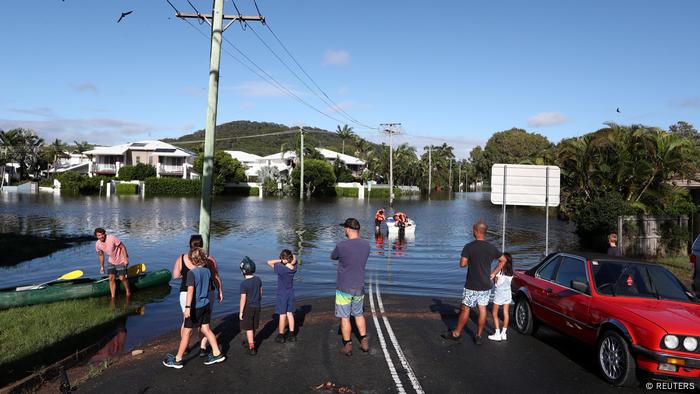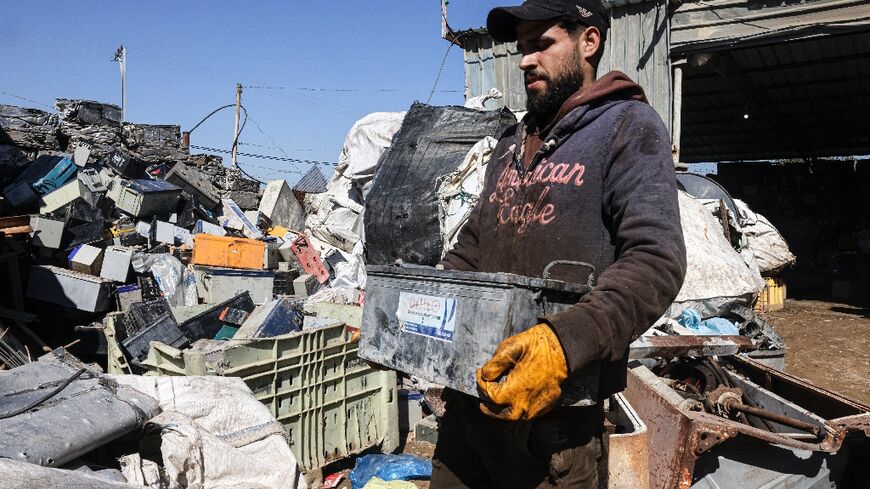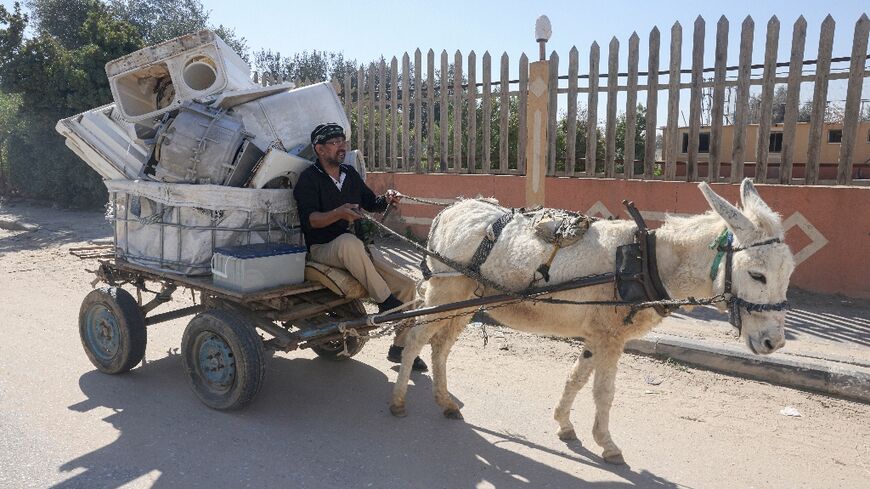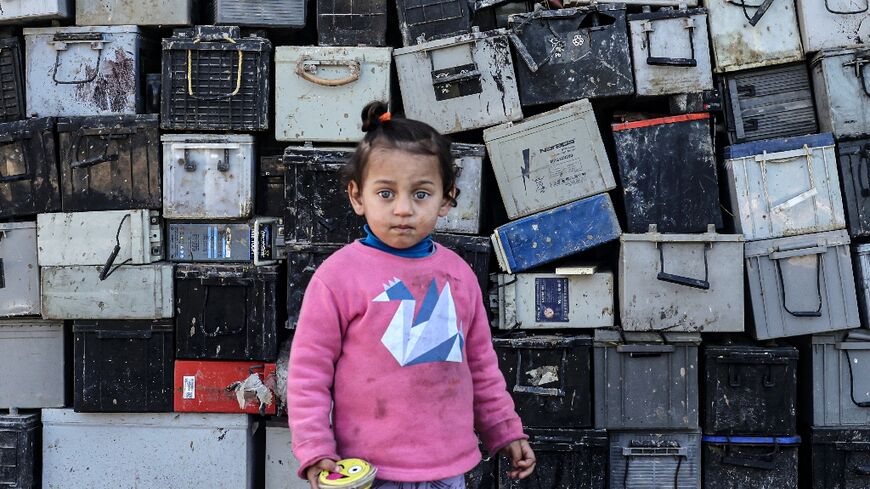Guatemala Congress ramps up prison sentence for abortion, bans gay marriage
Henry MORALES ARANA
Wed, 9 March 2022,


People protest to demand greater rights for women in Guatemala on International Women's Day
Guatemala's conservative-led Congress approved on Tuesday a law ramping up the prison sentence for women who choose to have an abortion, while banning both gay marriage and teaching on sexual diversity.
The so-called Life and Family Protection Law punishes women who "have induced their own abortion or given their consent to another person to carry it out" with 10 years behind bars -- more than three times the current sentence of three years.
The bill, set to come into law once President Alejandro Giammattei signs it, was passed by Congress on International Women's Day.
It also punishes anyone who induces an abortion without a woman's consent with up to 50 years in prison.
Abortion is only authorized in Guatemala when there is a threat to the mother's life.
"While other countries continue to approve pro-abortion laws as well as laws that lead to the deterioration of the original concept of the family, this initiative has now become an important law for Guatemalan society," said right-wing Congressman Armando Castillo, a key defender of the law.
But others were more critical.
"Losing a pregnancy is devastating, and this law automatically turns a woman into a suspect even as she mourns her loss. They are criminalizing and penalizing miscarriages and that is dangerous," center-left congresswoman Lucrecia Hernandez said.
- Same-sex marriage banned -
The bill introduces a reform to the Civil Code, which will now "expressly prohibit same-sex marriages" in Guatemala.
It would also ban public and private teaching initiatives on sexual diversity, which it describes as "promoting in children and teenagers policies or programs that tend to lead to diversion from their sexual identities at birth."
Those who promoted the law have said that there are "minority groups of the Guatemalan society" that propose "models of conduct... different from the natural order of marriage and family, which represent a threat to the moral balance of our society."
Left-wing Congressman Walter Felix denounced the law as "absolutely discriminatory", and said it "incites hate."
"The human rights of significant parts of the population are being violated," Felix said.
Congresswoman Hernandez also described the law as "unconstitutional," adding that it will stigmatize people and spark "intolerance" in society.
"This law should really be called a law to imprison and kill women. It is one of the most brazen things they are doing in this Legislature, and on top of it all, they are doing it on Women's Day," said center-left Congressman Samuel Perez.
-'Silly ideas' -
After the bill passed, Human Rights Ombudsman Jordan Rodas said that the law "violates" international conventions signed by Guatemala, and announced a battle to have it declared illegal by the Constitutional Court, the highest in the country.
"We are going to file an action of unconstitutionality so that this (law) has no effect", said Rodas.
Tens of thousands of people took to the streets worldwide on International Women's Day to demand more rights, among them the possibility of deciding whether to have an abortion.
In Guatemala, hundreds hit the streets of the capital calling for an end to violence and corruption, and demanding justice as they marked five years since 41 girls died in a fire at a state-run shelter.
As a small group of women staged a protest outside Congress, right-wing Congresswoman Patricia Sandoval defended the law.
"Don't let them give us silly ideas. This law is constitutional, it is viable, and it is the blessing of God," she said.
hma/mva/mas/ser/dva/ssy
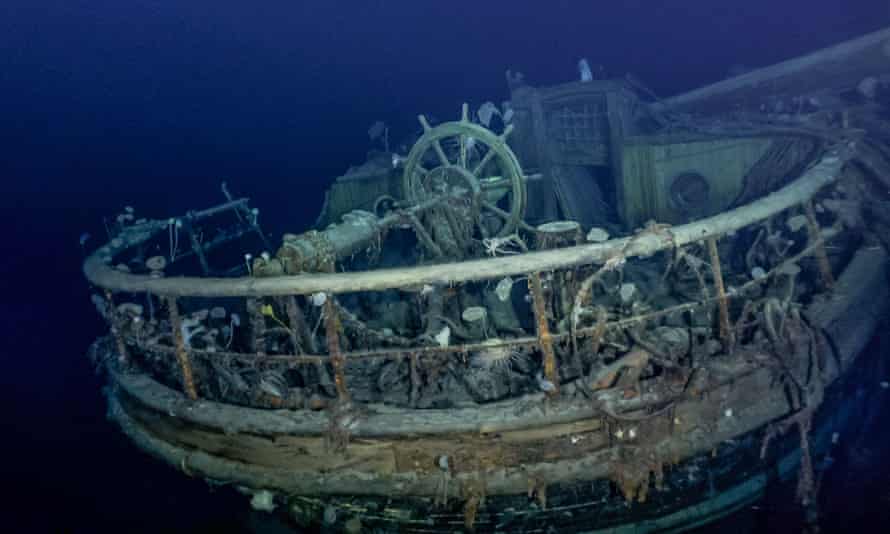


 © Zaid AL-OBEIDI An Iraqi architect exits a traditional house during renovations in the Old Town of Mosul, which was reduced to rubble during fighting to expel jihadists
© Zaid AL-OBEIDI An Iraqi architect exits a traditional house during renovations in the Old Town of Mosul, which was reduced to rubble during fighting to expel jihadists







